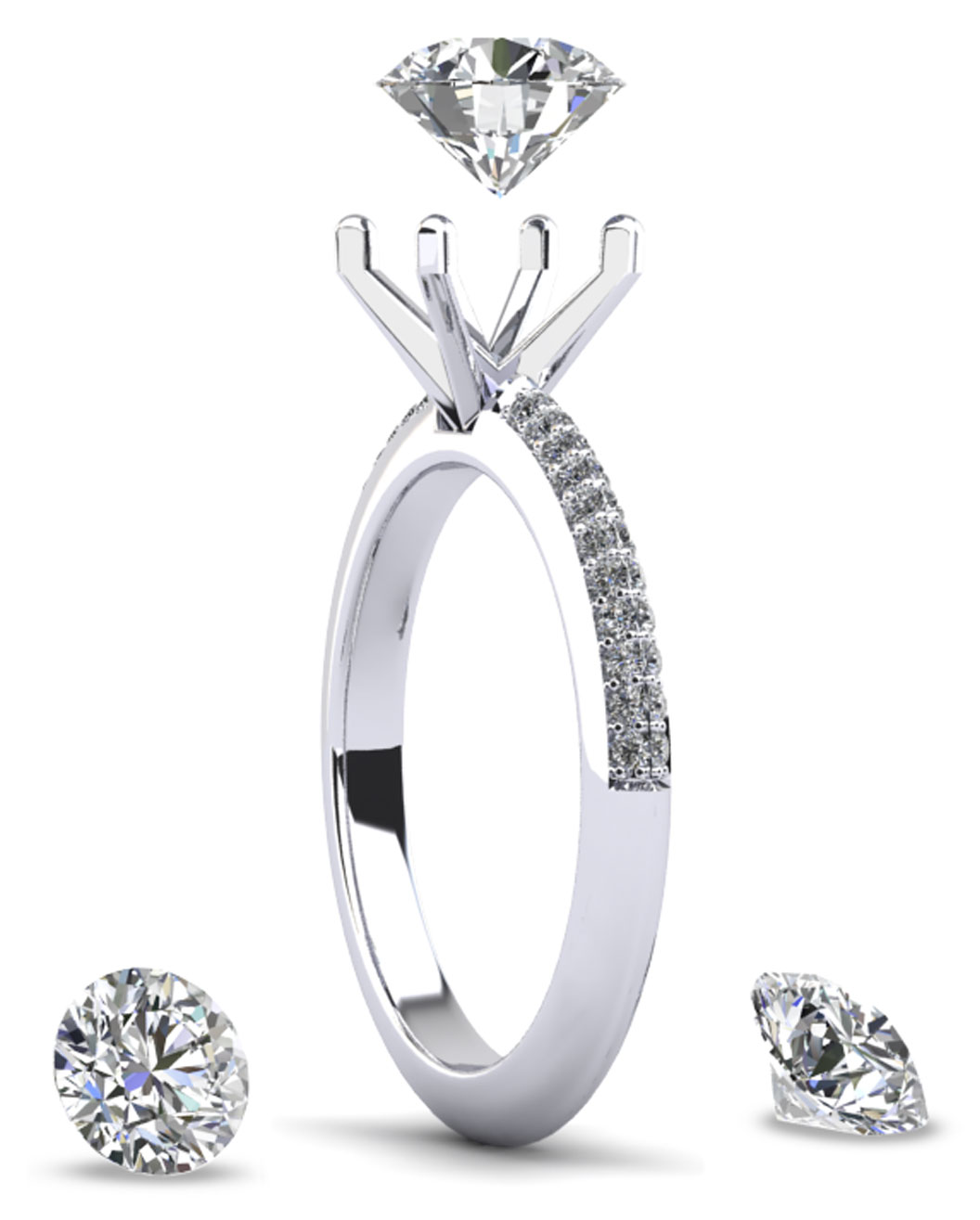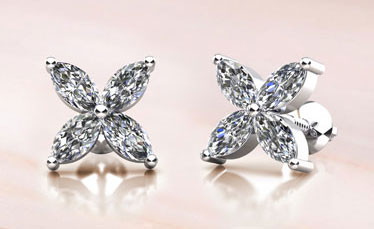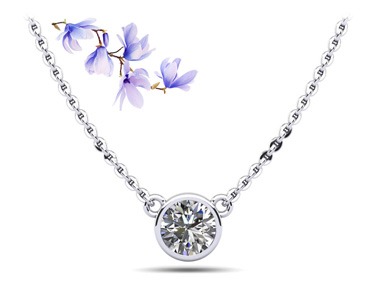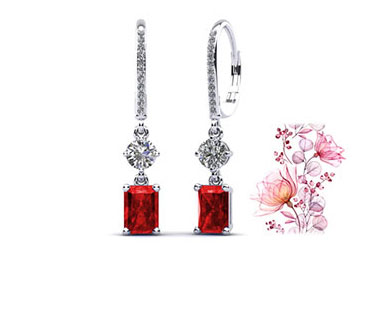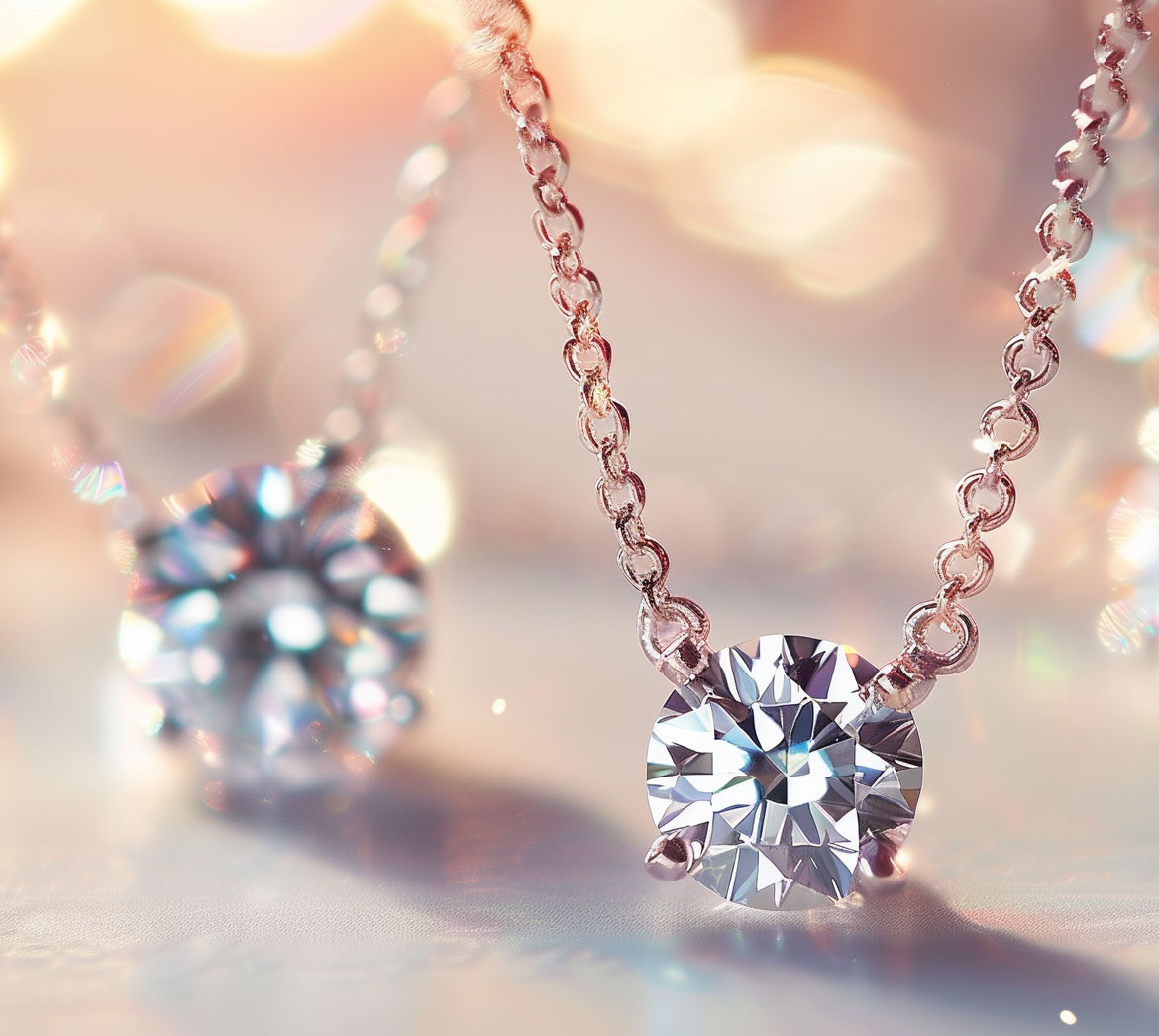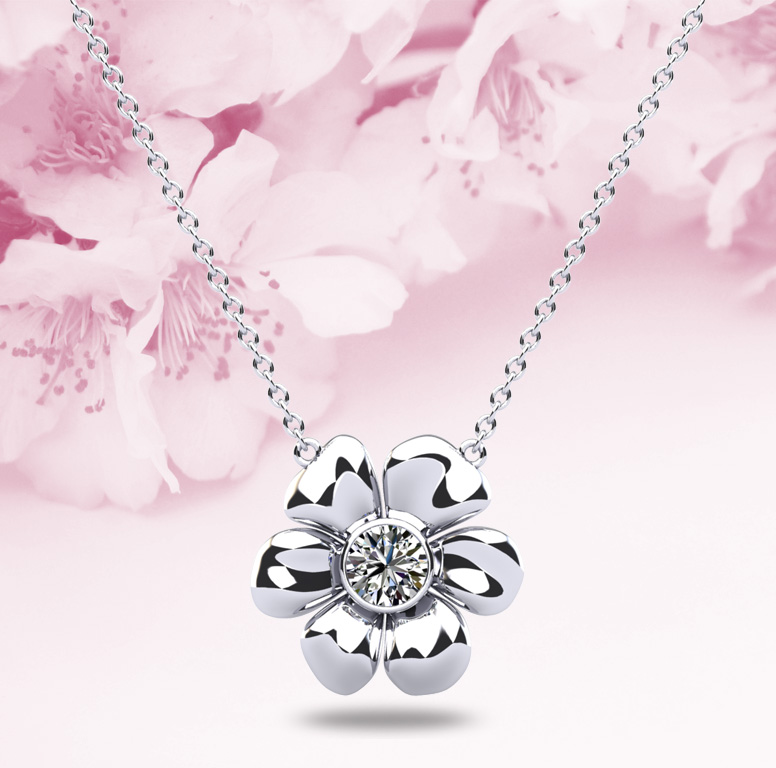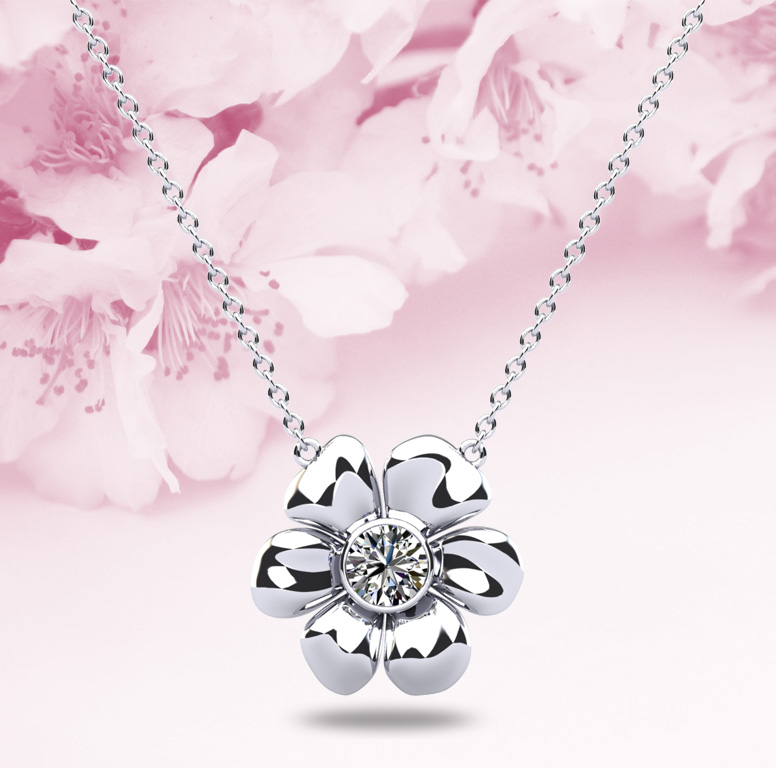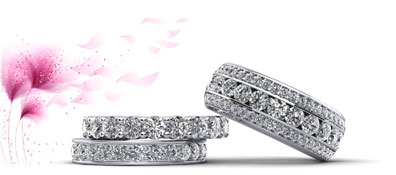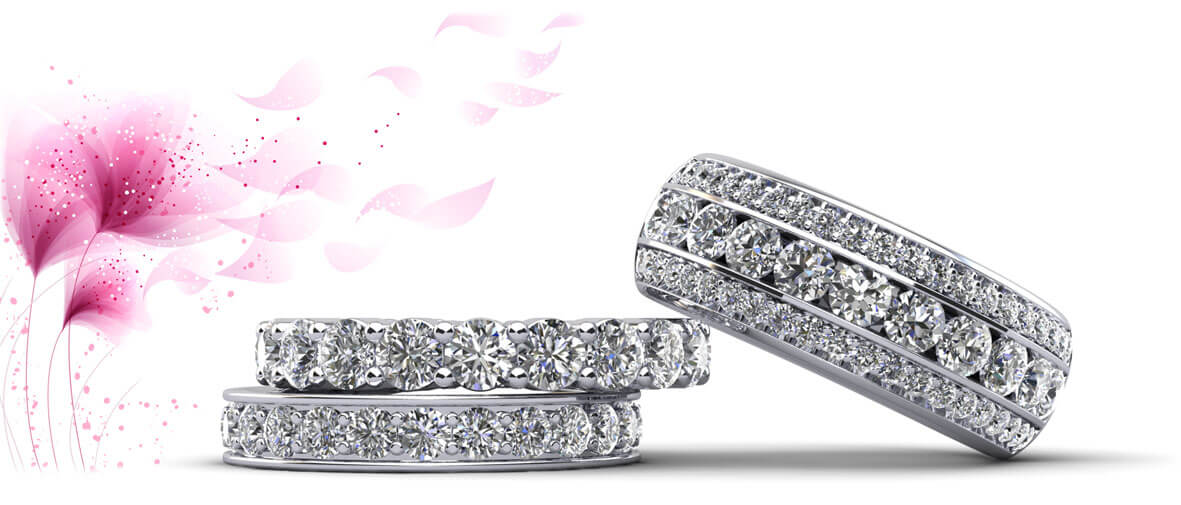Shop Diamond Necklaces
The Anjolee Experience
Custom orders at your fingertips, easy-to-use
visualization tools, and the comfort of the
Anjolee Guarantee so you can purchase with
confidence - discover the Anjolee Experience.
The Anjolee Guarantee
Lifetime Warranty
Authentic Genuine Diamonds & Gems
Anjolee Certificate of Authenticity
Free overnight Shipping & 30-Days Returns
Learn MoreFREQUENTLY ASKED QUESTIONS AND BUYING GUIDE
Anjolee stands out for its commitment to customization and craftsmanship. Customers can personalize their necklaces to suit their style preferences, ensuring each piece is a reflection of individual taste and elegance. Anjolee's dedication to quality means that every necklace is not just a piece of jewelry but a cherished emblem of life’s most precious moments.
Whether you're drawn to the understated elegance of a solitaire pendant, the timeless sophistication of a tennis necklace, or the bold statement of a fashion piece, Anjolee offers a range of choices to suit every style and occasion. Embrace the luxurious world of Anjolee's diamond necklaces and find the perfect piece that resonates with your personal story and style.
![]()










